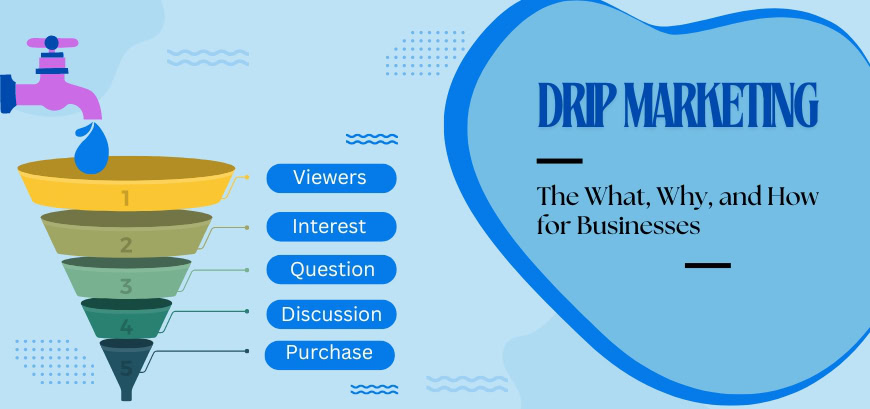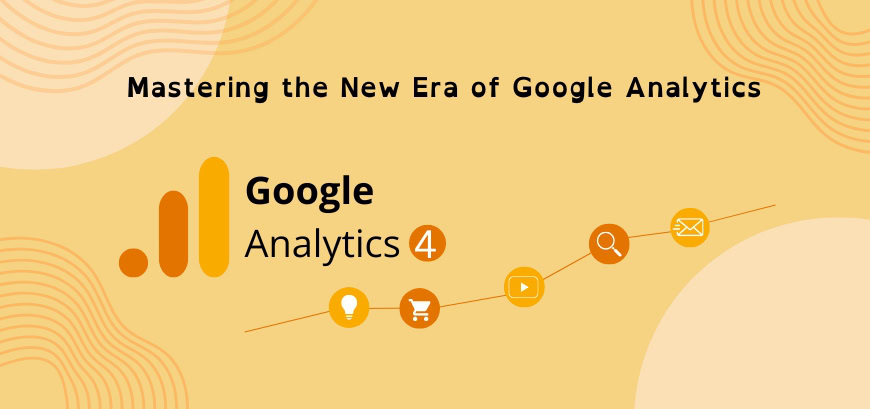Understanding user behavior is critical in the evolving field of internet analytics for organizations aiming to develop an engaging digital presence. Among the plethora of indicators, one that is particularly important is the mysterious “Bounce Rate.” For many, this statistic remains a mystery, prompting them to wonder about its implications and how it is derived.
In this blog post, we will unravel the mystery of Bounce Rate in Google Analytics. Whether you’re a seasoned marketer or a new website owner, understanding the complexities of Bounce Rate is critical for improving user engagement and the overall effectiveness of your online platform. Let’s go into the depths of Bounce Rate, investigating its relevance, the elements that influence it, and the precise methodology utilized to calculate this crucial measure in this. By the end of this investigation, you will not only understand the significance of Bounce Rate, but you will also be able to use this measure to refine your digital strategy.
Table of Contents
Bounce Rate in Google Analytics: A Basic Guide
The bounce rate measures the percentage of website visitors that arrive but don’t interact with any other pages or elements. High bounce rates on websites can negatively impact user experience and content effectiveness, as visitors may not find what they need before leaving without making a purchase.
Why Bounce Rate Matters in Google Analytics:
- User Engagement: A high bounce rate may indicate that readers aren’t connecting with or benefiting from your content. This can be a result of a contradiction between user expectations and the given content.
- Content Relevance: The quantity and quality of material on a page can be gathered from its bounce rate. If visitors leave right away, it can mean the information isn’t fulfilling their needs.
- User Experience: A poor user experience, such as slow loading times or confusing navigation, can contribute to high bounce rates as visitors abandon the site in frustration.
- Conversion Potential: A high bounce rate may indicate that visitors to websites with clear conversion goals are not taking advantage of opportunities to complete desired actions, such as subscribing to a newsletter or making a purchase.
Calculating Bounce Rate in Google Analytics:
Calculating bounce rate involves a straightforward formula:
Bounce Rate = (Total Number of Bounces) / (Total Number of Visits) * 100
- Total Number of Bounces: Count of single-page visits where users enter and exit without engaging further.
- Total Number of Visits: Total sessions including bounces and multi-page interactions.
The resulting value is then multiplied by 100 to express the bounce rate as a percentage.
Bounce Rate Analysis:
- High Bounce Rate: A high bounce rate indicates poor content or user experience on a page, or visitors are not getting what they are looking for. But context is important. Higher bounce rates on some pages, such as blog postings meant for quick consumption, may not necessarily indicate a problem.
- Low Bounce Rate: Low bounce rates may indicate deeper research or difficulty in finding desired content, but they may not accurately measure success.
Factors Influencing the Bounce Rate:
- Content Quality and Relevance: Engaging, informative, and relevant content encourages users to explore further.
- Page Load Speed: Slow-loading pages can frustrate visitors, leading to quick exits.
- User Interface and Design: Intuitive navigation and a clean layout enhance the user experience.
- Mobile Responsiveness: With mobile users on the rise, a mobile-friendly design is crucial to keeping visitors engaged.
Conclusion:
A significant performance measure in Google Analytics called bounce rate offers an enormous amount of information about user behavior and website performance. You can more effectively assess the data and take appropriate action to increase user engagement, optimize content, and improve the overall website experience if you are aware of what it means and how it is computed. Therefore, keeping a close check on bounce rate is an essential step on your journey to digital success, whether your goal is to improve your online presence, increase conversions, or perfect your content strategy.
Seeking an Outcome-Oriented Digital Marketing Firm?
Altis Infonet Pvt Ltd is a Web Development and Digital Marketing company with a focus on client servicing through knowledge-based solutions. Our team of experts will help make your digital dreams come true!





